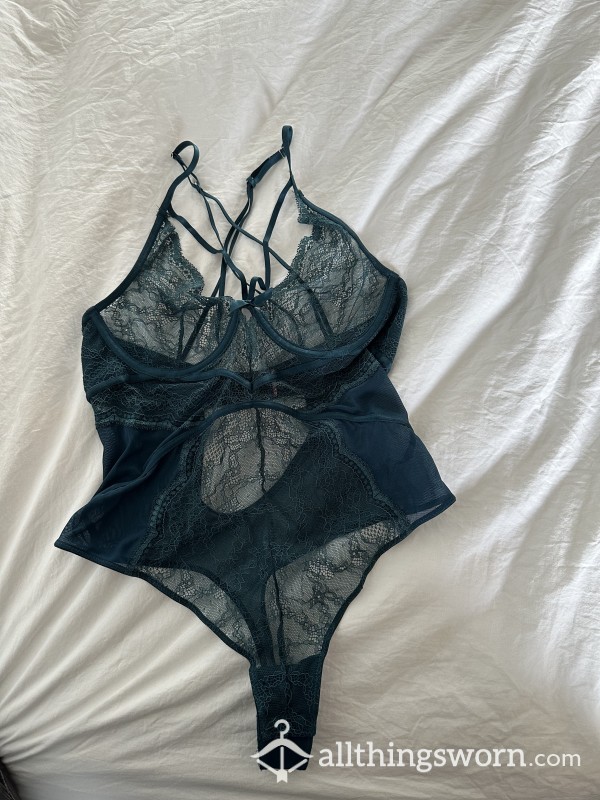Chris44g Genuine Traditional Geisha Silk Kimono XL ‘Black’
I have 2 real and genuine Kimono’s from Kyoto in my private lingerie collection at the moment this one is a traditional Geisha’s long trailing kimono typically as worn pre WW2. I also have a more modern 1950’s style shorter red one as well, I have more details and some photos of that lovely item on its own page.
This one would be worn typically to a wedding by the mother of the bride, it’s far too fancy for normal everyday wear. A woman would usually wear a plain one in a subdued colour. Young girls would wear brighter fabrics on special occasions and festivals such as New Year. I also have a red one which would be typically worn by prostitutes - see my separate listing.
I also always have a few much cheaper more modern Kimono style gowns available for you if the price on this lovely item is prohibitive.
This is handmade in the traditional loosely stitched style, with a white inner lining and absolutely gorgeous traditional gold silk scene on the bottom half depicting cranes and flowers. The loose stitching is a feature originally designed for the kimono to be unstitched easily for washing and cleaning and then hand stitching back together again afterwards.
Nishijin-ori (西陣織, lit. 'Nishijin fabric') is a traditional textile produced in the Nishijin (西陣) district of Kamigyō-ku in Kyoto, Japan.
Originating in Heian-kyōto over 1,200 years ago, weaving is known for its highly-decorative and finely-woven designs, created through the use of tedious and specialised production processes. It is well-regarded for the high quality and craftsmanship of the resulting fabrics, commonly used for high-quality obi and kimono.
The production of nishijin-ori has continued its success into the modern day, with nishijin-ori worn frequently to traditional Japanese ceremonies such as weddings, where it may be used for the bride's kimono, displaying designs passed down through generations of Nishijin weavers. These traditional designs range from scenes of nature, different breeds of birds and several different types of flowers. Several other products, including kimono scarves, different types of kimono, belts, shawls and many different types of cloth and decorations that adorn the walls of Japanese homes are also made using Nishijin weaving.
This would be an absolutely fantastic way of wearing over your sissy lingerie when around the house.
Free U.K. 🇬🇧 Fully tracked and signed for delivery included, International orders most welcome please add £10 for postage and packing of this truly delightful and unique item.
I also include a full photo set of me wearing my Kimono for you, and maybe a little film as well.
Only one available so message if you are interested so I can reserve for you. Price is commensurate with the hand made unique quality of this item. It is not mass produced. These items sell for up to £8,000 in Japan.
Lots more information on me plus free film trailers and sample photos on [Hidden site]
Dressing Gowns and Kimono’s
A dressing gown, housecoat or morning gown is a robe, a loose-fitting outer garment, worn by either men or women. They are similar to a bathrobe but without the absorbent material.
A dressing gown or a housecoat is a loose, open-fronted gown closed with a fabric belt that is put on over nightwear on rising from bed, or, less commonly today, worn over some day clothes when partially dressed or undressed in the morning or evening (for example, over a man's shirt and trousers without jacket and tie).
Dressing gowns are typically worn around the house. They may be worn for warmth, as a convenient covering over nightwear when not being in bed, or as a form of lingerie. A dressing gown may be worn over nightwear or other clothing, or with nothing underneath. When guests or other visitors are expected to enter the household while the host(s) are partially dressed or undressed, the hosts may put on additional clothing, such as a dressing gown.
The regular wearing of a dressing gown by men about the house is derived from the 18th-century wearing of the banyan in orientalist imitation. The gowns were frequently made out of fabrics such as printed cotton, silk damask, or velvet and were mainly worn by upper class men. By the mid-19th century, dressing gowns were used equally by both men and women as at-home wear. This gave men the opportunity to add colour to their somber everyday wardrobe. For women, wearing a dressing gown was a break from tight corsets and layers of petticoats. Ladies wore their dressing gowns while eating breakfast, preparing for the day, sewing or having tea with their family.
Dressing gowns continued to be worn into the 20th century with similar garments like hostess dresses, robes, and peignoirs being used. However, dressing gowns began seeing less frequent usage later in the 20th century as wearing such garments became increasingly associated with idleness and lethargy. By the 21st century, dressing gowns have experienced little popularity and use.
Kimono’s
The kimono is a traditional Japanese garment and the national dress of Japan. The kimono is a wrapped-front garment with square sleeves and a rectangular body, and is worn left side wrapped over right. The kimono is traditionally worn with a broad sash, called an obi, and is commonly worn with accessories such as zōri sandals and tabi socks.
Kimono have a set method of construction and are typically made from a long, narrow bolt of cloth known as a tanmono, though Western-style fabric bolts are also sometimes used.
The Japanese yukata is an unlined, cotton kimono worn as a bathrobe or as summer outdoor clothing.
Both kimono and obi are made from a wide variety of fibre types, including hemp, linen, silk, Japanese crêpe (known as chirimen), and figured damask weaves (rinzu). Fabrics are typically – for both obi and kimono – woven as tanmono (bolts of narrow width), save for certain types of obi (such as the maru obi), woven to double-width. Formal kimono are almost always made from silk, with thicker, heavier, stiff or matte fabrics generally being considered informal.
Modern kimono are widely available in fabrics considered easier to care for, such as polyester. Kimono linings are typically silk or imitation silk, and generally match the top fabric in fibre type, though the lining of some casual silk kimono may be cotton, wool or linen.
195.00 GBP
2419
Message Seller
Chris44g
mature
bbw
granny
kimono
wrap
gown
dressing gown









